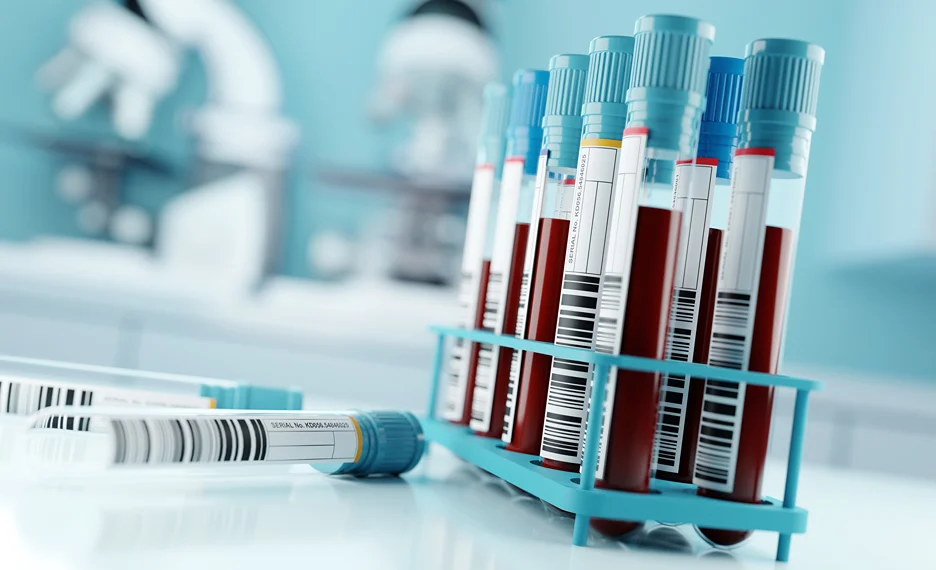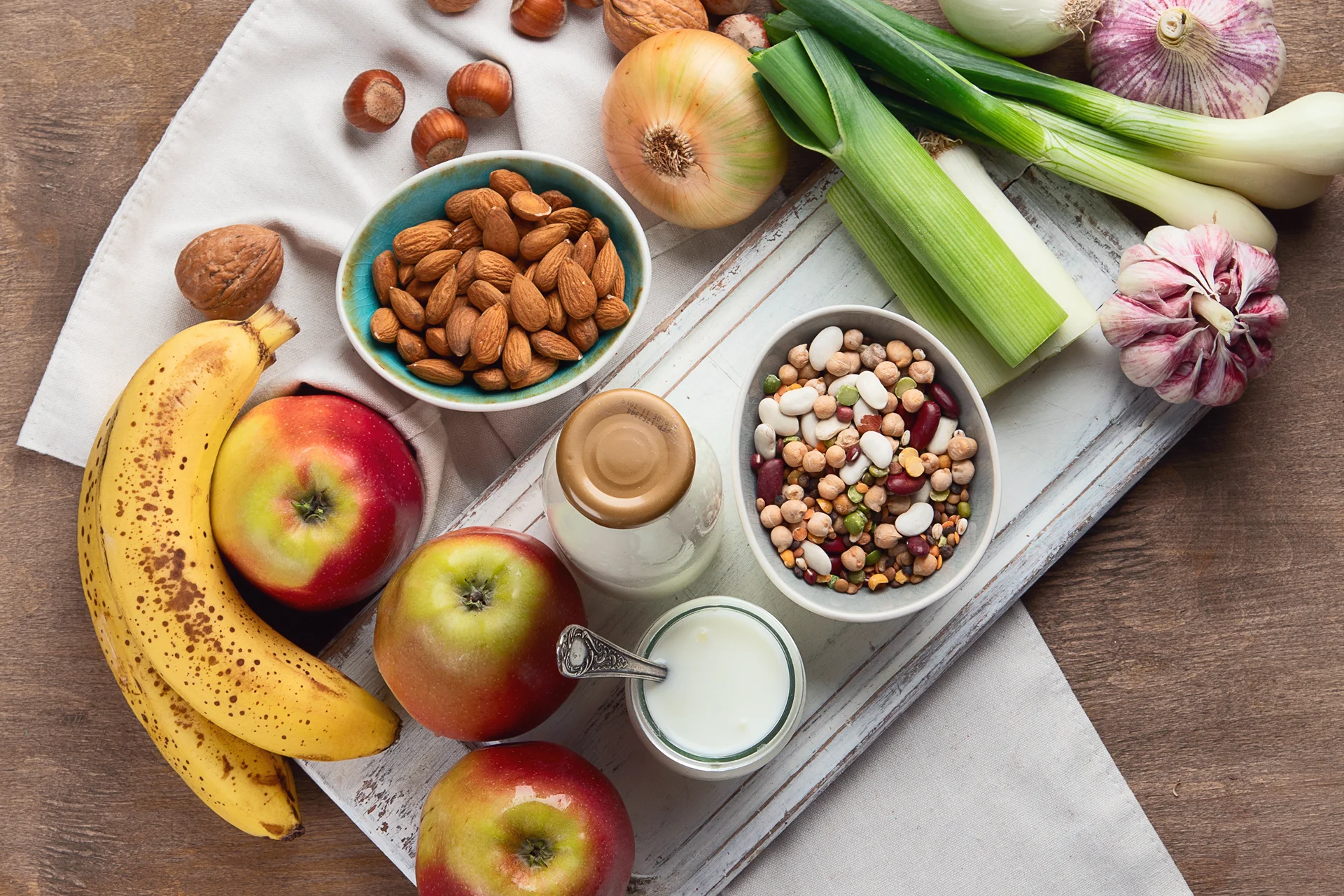How Purified DAO Enzymes Help Regulate Dietary Histamine Absorption
Diamine oxidase (DAO) is an enzyme that plays a critical role in our bodies. It is responsible for breaking down histamine, a compound that is found naturally in many foods we eat. When DAO activity is insufficient, consuming foods high in histamine can cause a wide range of symptoms from headaches to rashes. This condition is known as histamine intolerance. Understanding DAO and how it works is key to managing histamine intolerance.
DAO supplements, often derived from pig kidney, provide the DAO enzyme to help break down dietary histamine before it can be absorbed and trigger symptoms. However, not all DAO supplements are created equal. The purification process is crucial to ensuring the product has optimal activity and can efficiently degrade histamine.
This article will explore what DAO is, its sources, the science behind it, and the importance of proper purification methods.
What is Diamine Oxidase?
Diamine oxidase (DAO), together with other diamines like putrescine and cadaverine, works to break down histamine in the body. It catalyzes a reaction that converts histamine into imidazole acetaldehyde, ammonia, and hydrogen peroxide. This process of breaking down amines through oxidation is called oxidative deamination.
DAO is found in various tissues throughout the body but is concentrated in intestinal cells. Here, it acts as a gatekeeper, degrading histamine from food so it does not enter circulation and cause symptoms. DAO is also found in plasma, kidney, and placenta.
Without sufficient DAO activity, dietary histamine can be absorbed into the bloodstream and trigger an array of symptoms including headache, flushed skin, rashes, hypotension, arrhythmia, digestive upset, and more. DAO supplementation aims to provide the enzyme needed to properly metabolize histamine from food.
Sources of Diamine Oxidase
The DAO enzyme is found across mammalian species. Porcine kidney diamine oxidase is most commonly used in oral supplements because of its high activity and stability. Pig DAO is very similar in structure and function to human DAO.
Porcine kidney provides a rich source of the enzyme. Isolating DAO from this organ yields a product with high enzymatic activity and optimal ability to degrade histamine.
Some plant species also contain a form of the enzyme called copper-containing polyamine oxidase. However, the DAO from pig kidney is considered superior in supplement production because of its high specificity and affinity for histamine deamination.
The Science Behind DAO
DAO belongs to a family of enzymes called copper-containing amine oxidases. As the name indicates, these enzymes contain copper ion cofactors which are essential for their catalytic activity. The copper allows DAO to efficiently degrade primary amines through oxidative deamination.
As DAO oxidizes its substrate by removing amine groups and converting them into aldehyde, its form called imidazole acetaldehyde, cannot trigger immune responses in the body. Ammonia is excreted via urine. Hydrogen peroxide is further broken down into water and oxygen by catalase enzymes.
The active site of DAO requires both the copper ion cofactor and a molecule called topaquinone for optimal enzymatic function. Research suggests that maintaining high copper levels during the purification process helps yield DAO with maximum deamination activity.
Histamine in Our Diet
Histamine is a biogenic amine that is naturally high in certain foods. It is most abundant in aged, fermented, cured, smoked, or spoiled foods. Bacteria producing certain enzymes can convert amino acids like histidine and histamine during fermentation. Foods particularly high in histamine include:
- Aged cheese
- Fermented meats like sausages
- Fermented vegetables like sauerkraut, kimchi, kombucha
- Vinegar
- Processed or canned meats and fish
- Alcohol like wine, beer, champagne
- Dried fruit
- Soy products like tempeh, soy sauce, miso
When we consume large amounts of histamine-rich foods, the histamine content in our gut can overwhelm DAO’s capacity to break it all down. This causes elevated blood levels of histamine leading to symptoms. Factors like impaired DAO production and gut permeability further contribute to histamine intolerance.
Excess histamine from dietary sources can cause symptoms resembling an allergic reaction known as scombroid poisoning. This food-borne illness often arises from spoiled fish which provides an optimal environment for histamine-producing bacteria. Strict food safety standards help prevent dangerous histamine concentrations.
Histamine Intolerance
Histamine intolerance occurs when accumulation of histamine from foods triggers symptoms due to insufficient DAO activity in the gut mucosa and blood. Patients describe a wide range of non-specific symptoms occurring shortly after meals rich in histamine.
Common symptoms include:
- Headaches
- Hives, itching, rashes
- Flushing
- Gastrointestinal issues like nausea, vomiting, diarrhea
- Respiratory distress
- Changes in heart rate and blood pressure
- Anxiety, dizziness
DAO enzyme supplements aim to enhance the body’s capacity to metabolize dietary histamine. By providing the missing enzyme activity, DAO supplements facilitate the uptake and subsequent degradation of histamine from food contents in the gut. This prevents the absorption of intact histamine into circulation.
Multiple clinical studies show that oral DAO supplementation significantly improves symptoms in patients with histamine intolerance. DAO enzyme tablets are considered an effective treatment approach alongside a low-histamine diet.
Measuring DAO and Histamine

Determining levels of both histamine and DAO can uncover the root of histamine intolerance. Histamine levels in blood or urine provide an estimate of the total body load. Serum DAO activity is reflective of the capacity to degrade circulating histamine.
Histamine can be measured in foods, beverages, plasma, urine and other body fluids using analytical techniques like ELISA assays and liquid chromatography tandem mass spectrometry. Clinical laboratories offer blood histamine testing to aid in diagnosis of conditions like mast cell activation disorders.
Serum DAO activity can be quantified through an enzymatic assay using radioactively labeled putrescine as the substrate. The rate of conversion to the product indicates the diamine oxidase activity level. Normal reference ranges help determine if DAO function is sufficient or deficient.
In histamine intolerance, blood histamine levels are often normal while DAO activity is below the norm. The DAO deficiency allows dietary histamine to enter circulation and cause symptoms.
The Purification Process
Obtaining DAO enzyme with maximum histamine-degrading activity requires careful extraction and purification from the source tissue. Porcine kidney DAO first undergoes ammonium sulfate precipitation which concentrates the enzyme while removing contaminants.
Further chromatographic techniques allow isolation of DAO protein fractions. Analysis then determines which fraction shows the greatest enzymatic activity and specificity towards histamine as the substrate. This biopurified material provides the functional DAO capable of potently catabolizing histamine.
Maintaining high copper content during purification preserves the enzymatic activity of DAO. The final product should demonstrate a high rate of histamine degradation under testing conditions that mimic the gastrointestinal environment. This ensures efficacy in supplement form.
Safety and Regulations
No major safety concerns have been identified for porcine kidney-derived DAO supplements. Mild side effects like dry mouth or nausea may sometimes occur. DAO enzyme tablets are contraindicated in individuals with kidney disease.
The European Food Safety Authority published a scientific opinion confirming the safety of DAO as a food supplement and setting specifications including origin, enzyme activity, and copper content. The FDA classifies it as GRAS or generally recognized as safe.
Regulatory agencies like the FDA and USDA monitor histamine levels in fish to prevent scombroid poisoning. The Food and Agriculture Organization has published maximum recommended histamine limits for various food categories like 100mg/kg in fish.
Other Amines in Foods
In addition to histamine, other biogenic amines like putrescine and cadaverine can be found in foods due to microbial activity during processing and storage. While not as potent, they may contribute to symptoms by competing for degradation by DAO or potentiating the effects of histamine.
Foods with high microbial load and/or inadequate refrigeration often accumulate these unwanted amines. Proper handling, fermentation, curing, and preservation techniques suppress amine-producing bacteria.
Final Thoughts

DAO is a critical enzyme that regulates our tolerance to dietary histamine. Insufficient DAO activity, whether congenital or acquired, allows histamine to accumulate leading to a wide array of unpleasant symptoms. Supplemental DAO derived from pig kidneys can provide great relief by enhancing our natural capacity to metabolize histamine from foods.
Understanding the sources, purification, and mechanism of action of DAO gives us insight into this important enzyme. Awareness of histamine levels in foods also allows us to make informed dietary choices. For those struggling with histamine intolerance, high quality DAO supplements may help reclaim an enjoyable, symptom-free lifestyle.
If you’re looking for a purified, high-activity DAO supplement, be sure to check out DAO-HIST from SeeBeyond Shop. DAO-HIST provides concentrated porcine kidney diamine oxidase to optimize histamine metabolism and keep symptoms at bay. Give it a try today!
For more information, book a free consultation with the experts of SeeBeyond Shop.
